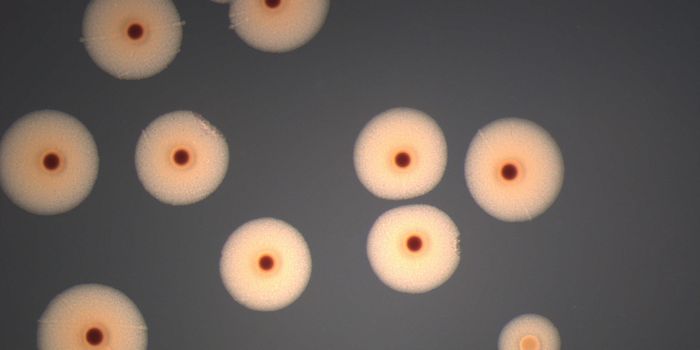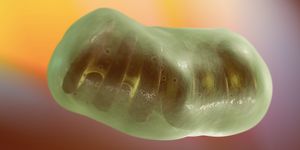Nanoneedles for Ocular Drug Delivery
The eye is a readily available part of the human body, yet drug delivery there is incredibly difficult. Most ocular drug treatments are topical. Bioavailability of ocular drugs can be as low as 5% due to lack of penetration. To make up for this loss, large doses are slathered on to achieve therapeutic levels.
But patients usually find this preferable to other treatments. More wince-inducing approaches include needle injections or laser (photocoagulation) surgeries.
Let’s say there was an option that involved putting in a contact, thinner than a standard commercial lens. Park et al. from Perdue University published a paper in Science Advances promising painless delivery of ocular treatments, with less side effects, using a bioresorbable composite.
This team developed a contact lens made of a composite material with high mechanical integrity. It can be picked up and manipulated by hand and is stable for longer than 6 months. The lens hosts an array of biodegradable silica nanoneedles (Si NNs). Measuring at 1o or 60 um in length, these needles are only 900 nm in diameter. This is an 80-fold smaller diameter at the needle's widest base.
To utilize this new technology, the stiff yet tear-soluble lens is loaded with the drug of choice and manually placed on the cornea. Then, the Si NNs penetrate the corneal barrier leaving little to no damage. Within a minute of lens placement, a burst of the loaded drug is released into the penetrated cornea. The covalent binding affinity of the Si NN lens surface holds on to drug molecules, leading to less spilling of drugs away before and during delivery. Then, over a month’s time, the lens will slowly dissolve into the cornea.
To test the treatment, researchers used a rabbit model of corneal neovascularization (CNV). A potentially blinding condition, CNV involves new blood vessels proliferating from pre-existing corneal vasculature into non-vascularized areas of the cornea. Treatment using the new Si NN lenses performed better than photocoagulation surgical approaches. The treatment showed no increase in inflammation or toxic impact, leaving the corneal endothelial cells and the stem cells at the corneal limbus unaffected. And good news, the shorter 10 um long microneedles performed just as well as the 60 um length.
The authors feel this is superior to subconjunctival injections and surgical approaches. The Si NNs can be loaded with drugs to treat glaucoma, melanoma, or cataracts. When it comes to our eye treatments, a big thanks goes to the team at Purdue for putting the “nano” descriptor in front of the word “needle.”
Sources: Science, Medical Xpress, Cornea









